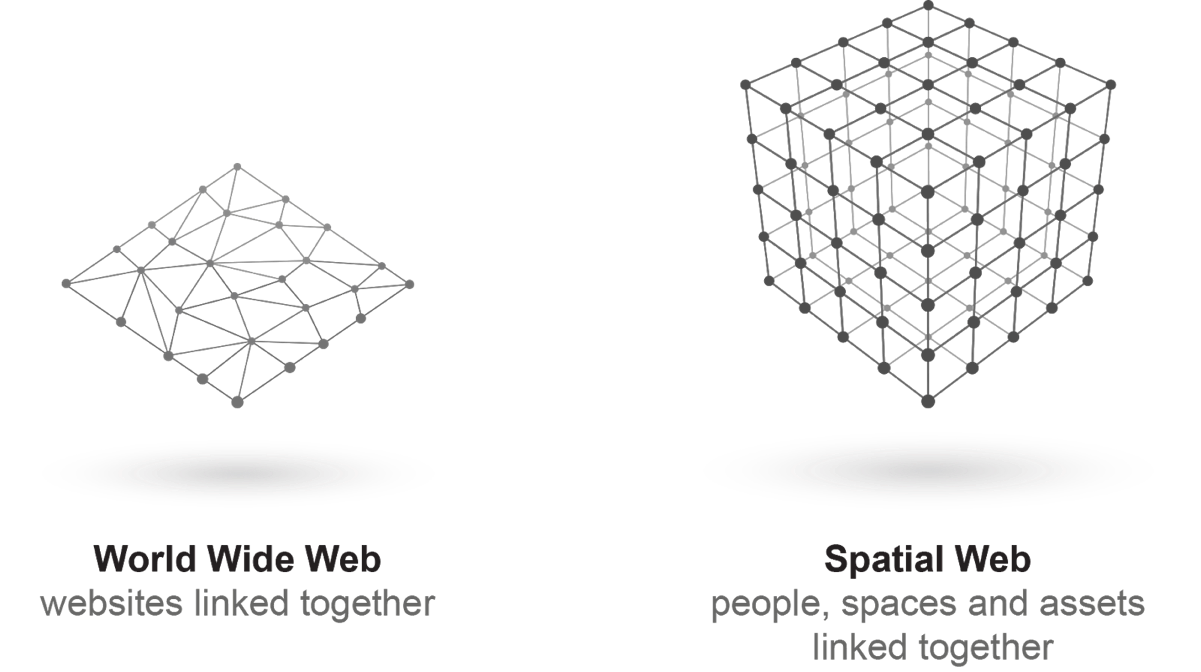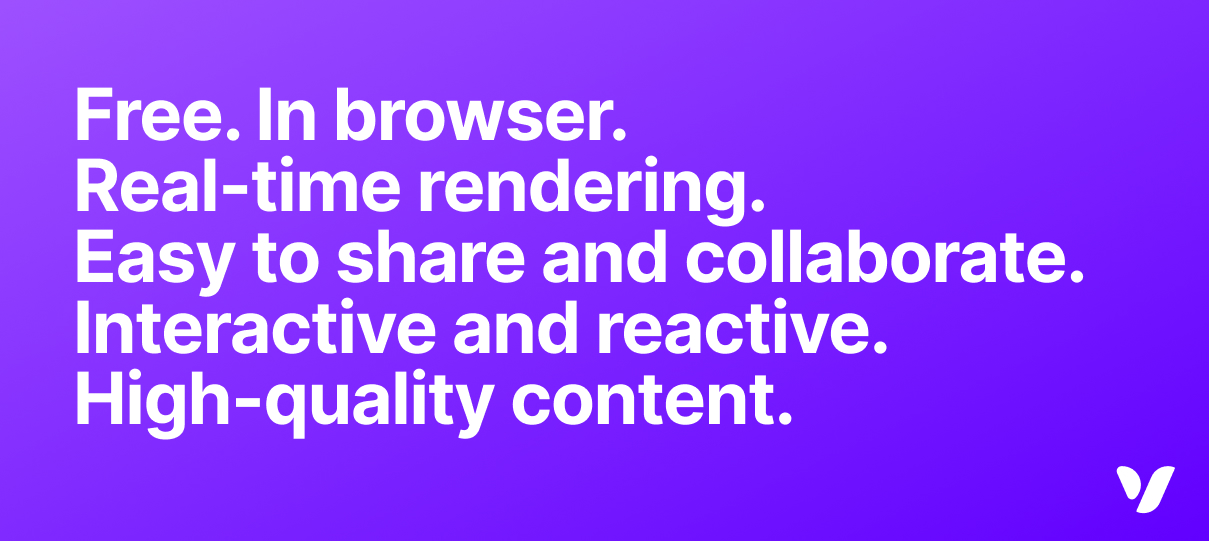Accessible 3D design that's ready-made for "the future"
This is our vision for the future, one that includes Web 3.0 and 3D design.
At Vectary, we envision a world that enables everyone to express themselves in 3D. We aim to provide a point of transformation that allows anyone to create, share, and experience 3D and Augmented Reality (AR) content.

It's not just science fiction or a wish for the future; the next iteration of the Web is 3D and it's already here.
"In Web 3.0, 3D will become a standard. It will form a new type of content and will emerge from creators, from their creative processes. I don't speak from a point of expectation or prediction, but excitement. We wanted to build a no-code platform that supports these creators," adds Michal Koor, Vectary CEO.
What is Web 3.0?
Web 3.0 is a move to a multi-dimensional, spatial Web. The present standard, based on Web 2.0 technologies, consists of websites connected to each other, with central hubs distributing points of access. The future of the Web will be decentralized and built by active creators, made possible by newer technologies and technical concepts, like blockchain and metaverses, as well as Augmented (AR), Virtual (VR), and Extended (XR) reality - collectively referred to as Mixed Reality (MR) - blurring the lines between the physical and virtual worlds.

Considering these developments together with the merging of physical and virtual spaces, technology will no longer be limited to 2D representations. This is why presenting content in 3D will be essential.
"Right now, everything is centralized. There are a few 3D design services but they limit how and where you use 3D. Generally, you're limited to using their service. With Vectary, we want to make 3D design content available and shareable to every online community, service, design tool, channel, or website", says Michal.
Why No-code?
The no-code movement originated in the 1970s with the belief that programmers and non-programmers shouldn't be limited in their ability to create due to technological constraints. The idea was that technology should enable and facilitate creation, instead of being a barrier to entry.
Given the rapid rate of development towards Web 3.0 and the additional technologies at play, there's a growing need in terms of accessibility. There has been a low-code / no-code resurgence in recent years, with entire business models developed on the no-code premise. To keep up with the pending demand for 3D design, 3D content creation needs to be accessible to all. This means a no-code, no-software download, in-browser solution that allows for easy sharing, compatibility, and ease of use.
"Today, a UI designer would design the 'Add to cart' button for an online store. Soon, that button will have to exist in a 3D space. It will be near the product that you happen to be looking at in AR. Somebody needs to design this. That's why every graphic designer should have 3D design as a part of their skillset. Nevertheless, with Vectary, they can put less focus on the technical know-how and more energy towards the creative process."
What does a future with 3D content look like?
We're of the mindset that 3D assets and scenes will be very similar to how stock photography is now, with 1000s of free and paid options that you can use.

Our aim with Vectary Studio Beta is to ultimately provide the functionality for creating this 3D design content, the ability to share it without limits, in line with Web 3.0 and the future of the Web.

Create no-code 3D design content today.